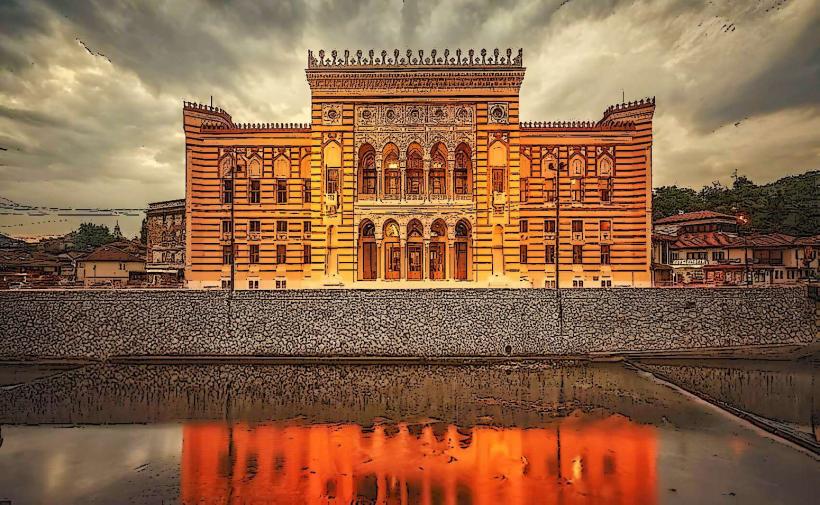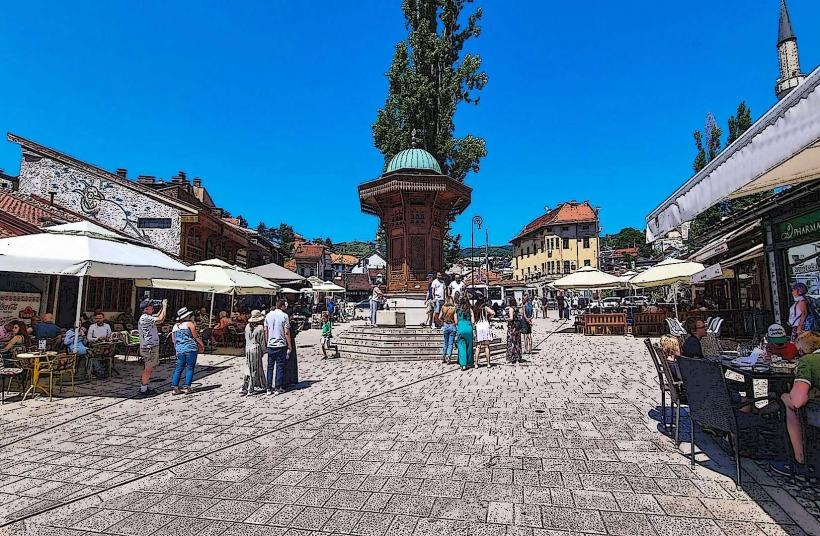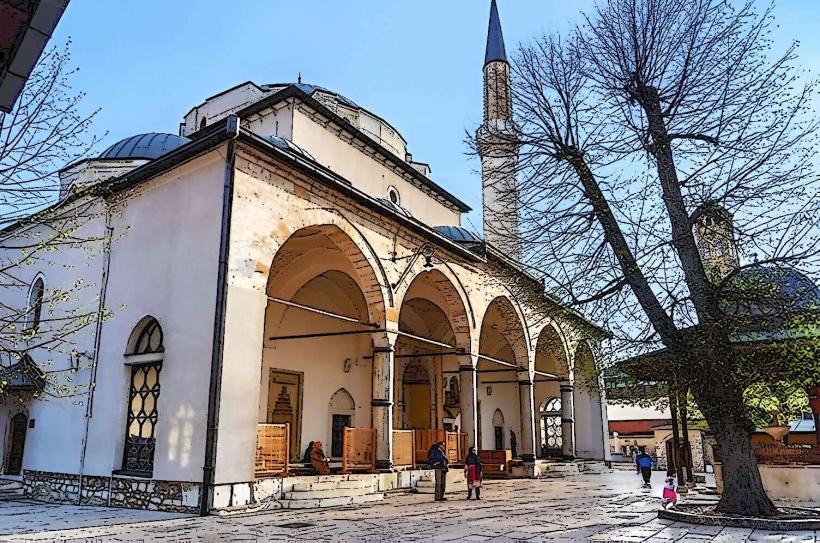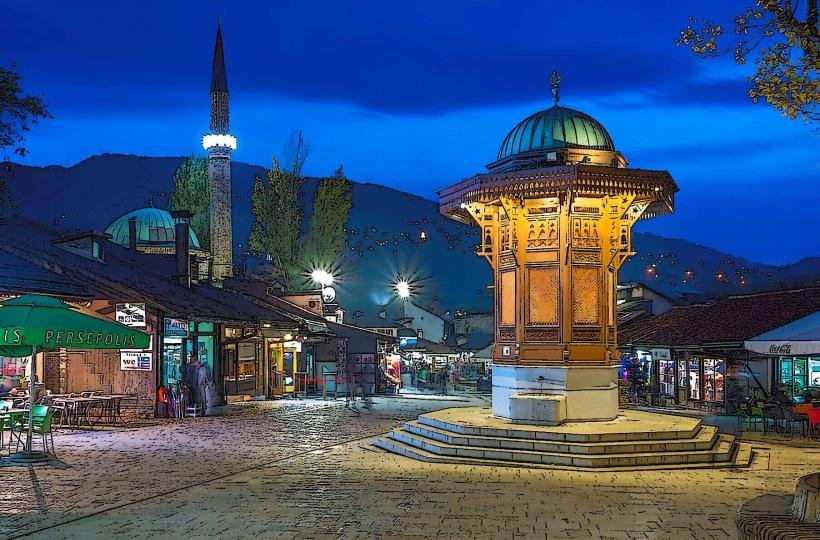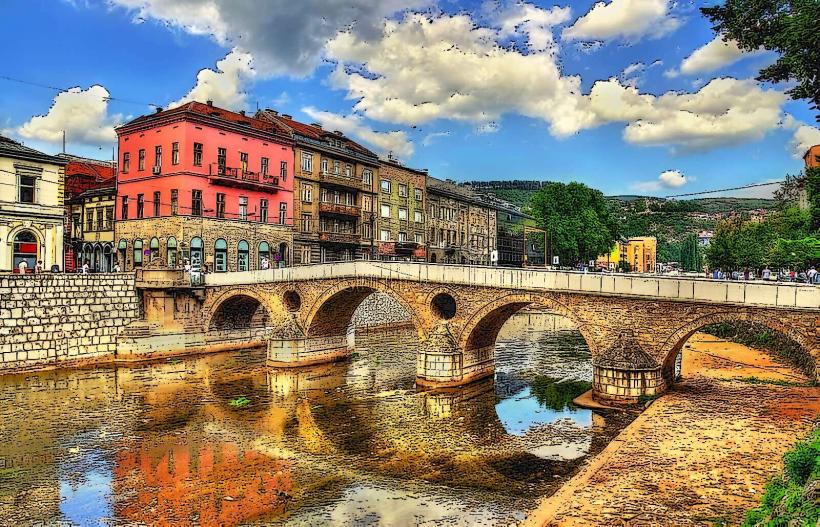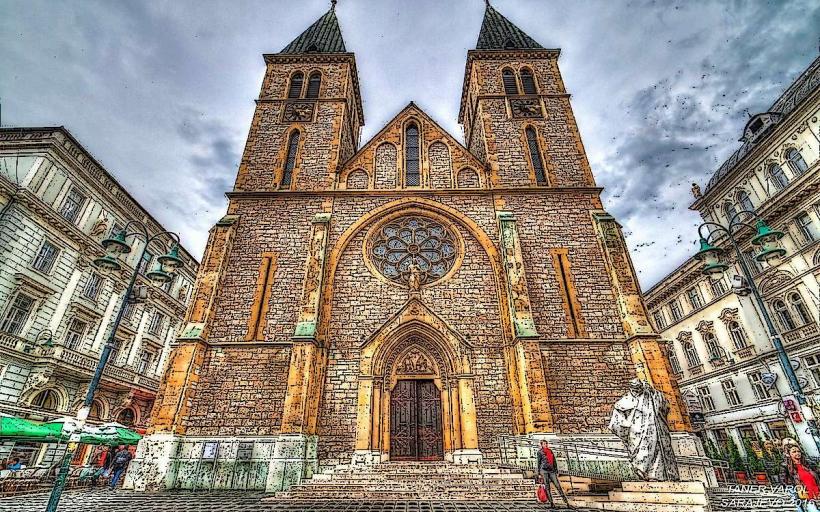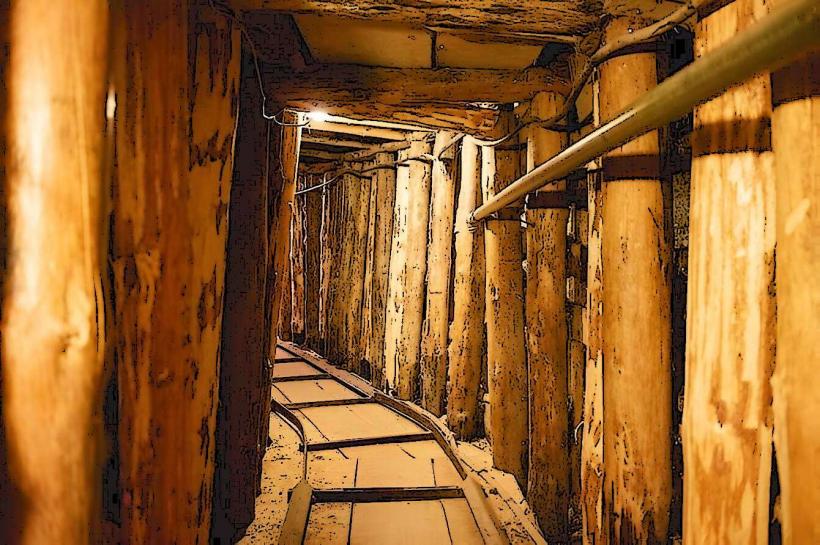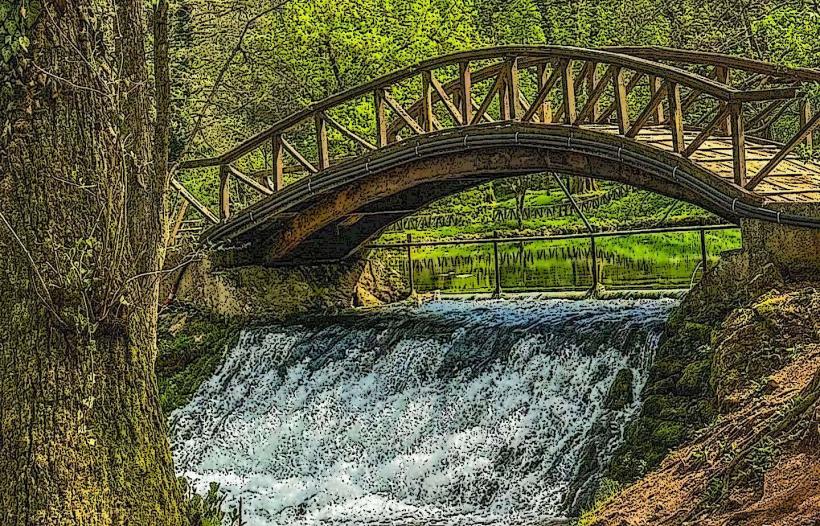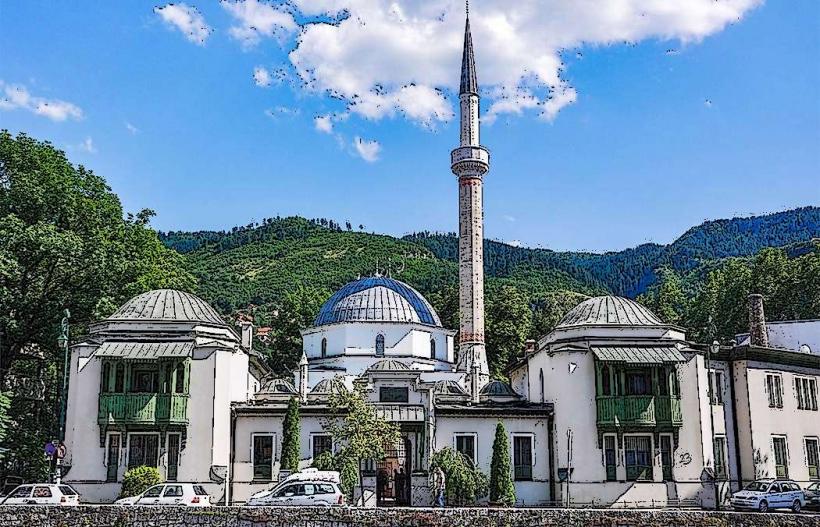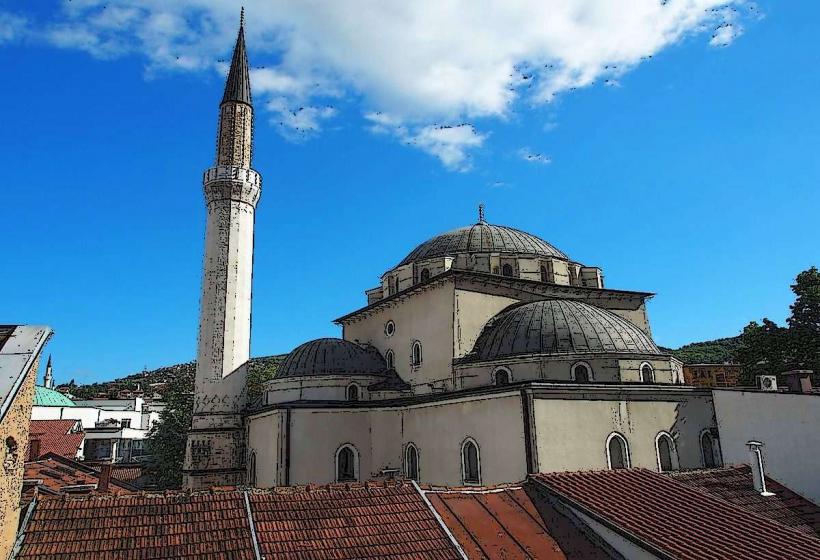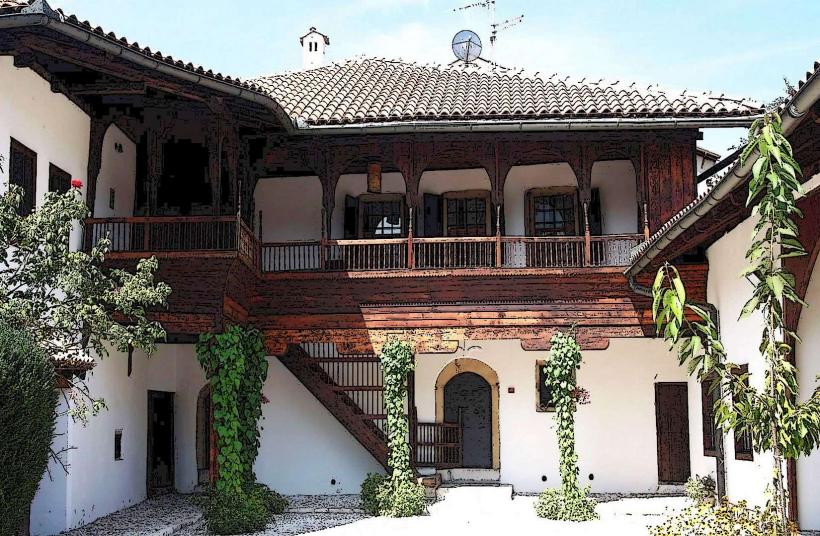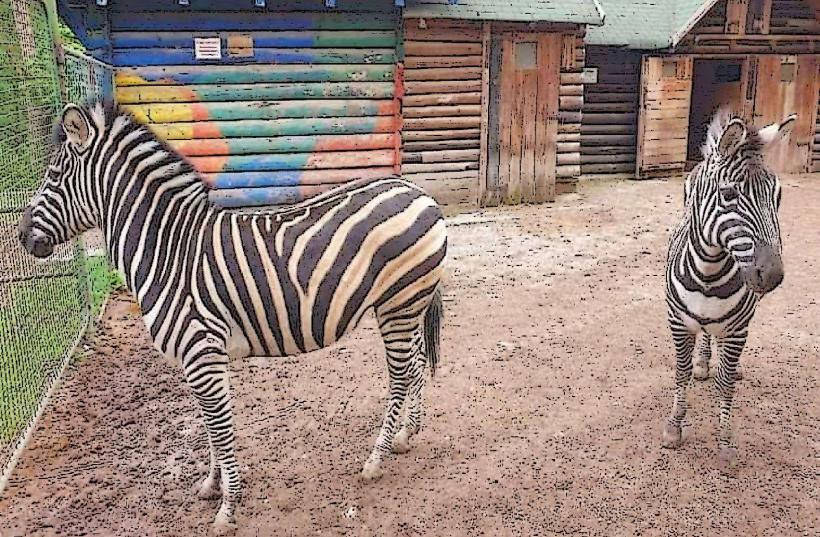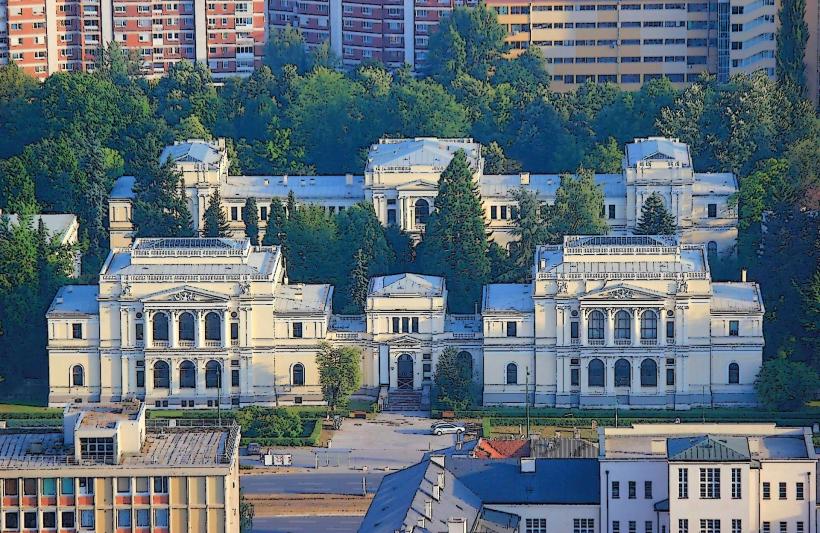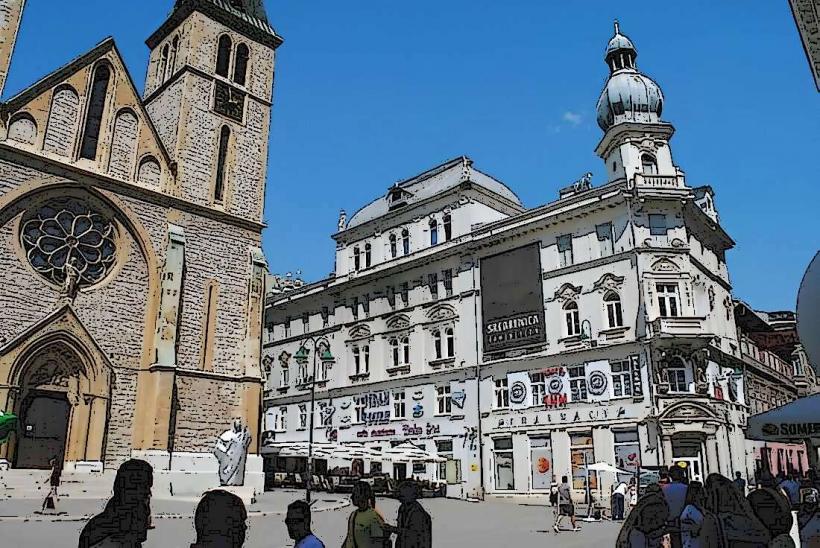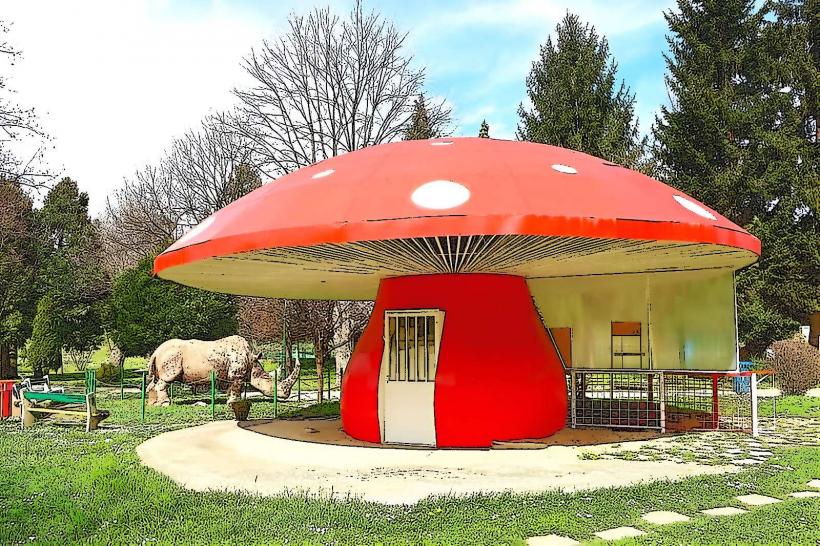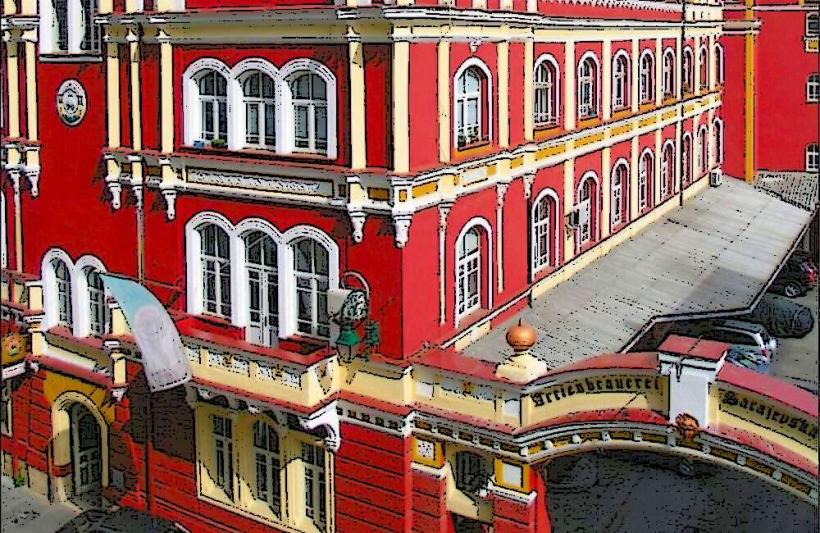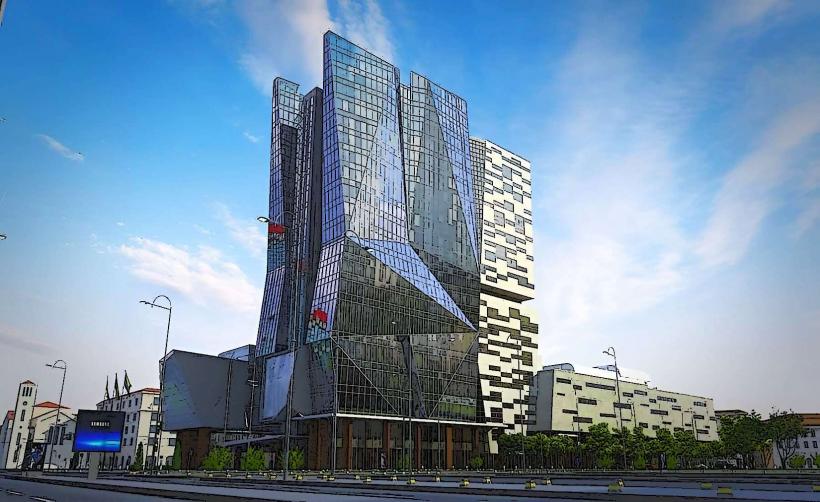Information
Landmark: Bijela TabijaCity: Sarajevo
Country: Bosnia and Herzegovina
Continent: Europe
Bijela Tabija (the White Fort) is a historical landmark located on a hill overlooking the city of Sarajevo, Bosnia and Herzegovina. It is one of the most prominent sites in Sarajevo due to its strategic position and rich history. The fort offers spectacular panoramic views of the city and the surrounding mountains, making it both a historical site and a popular tourist destination.
Historical Background
Bijela Tabija was built by the Ottoman Empire in the 16th century, during the reign of Suleiman the Magnificent. The fort was part of the Ottoman military defense system, designed to protect the city of Sarajevo and control access to the region. The fort is named "Bijela" (which means white) due to the white color of its stone walls, distinguishing it from other structures in the area.
The fort was strategically positioned on a hilltop, allowing the Ottomans to monitor the surrounding area, especially the Sarajevo Valley. It also played a key role in defending the city from potential attacks, particularly during the Ottoman expansion into the Balkans.
Over time, Bijela Tabija has undergone various modifications and repairs, especially after being damaged during the Austro-Hungarian period and more recently during the Bosnian War (1992–1995). Despite these changes, the fort's historical significance and commanding position have remained intact.
Architectural Features
Structure: The fort is a fortified military structure built in the Ottoman style. It features stone walls that are about 2 meters thick, designed to withstand attacks and provide shelter for soldiers and ammunition. The fort is relatively simple in design, with a rectangular layout and a central courtyard surrounded by walls. The structure is not as elaborate as other Ottoman fortresses in the region but was built for practical defense purposes.
Walls and Towers: The fort’s walls are constructed with white stone, which gives it its distinctive appearance. The main structure is a single-story building, but the surrounding walls are higher, creating a series of towers that served as lookouts and defensive positions. The towers allowed soldiers to keep watch over the valley below and defend the fort from any approaching threats.
Interior: Inside the fort, there are remnants of Ottoman-style rooms that would have been used for military purposes, such as storage, barracks, and command centers. The interior is relatively modest, reflecting the utilitarian nature of the fort.
Role in Sarajevo’s Defense
The fort played a significant role in defending Sarajevo during the Ottoman era. Its strategic location provided an elevated position from which Ottoman soldiers could control the surrounding area and react quickly to any threats. While Sarajevo was never directly attacked by major armies, Bijela Tabija played an essential role in monitoring and securing the region.
Military Significance: Over the centuries, the fort was used to house Ottoman military units and functioned as a strategic military post. Its location allowed for easy communication with the Ottoman military commanders stationed in the city, and it provided a base for launching military campaigns or defending against invaders.
The Fort in Modern Times
Tourism: Today, Bijela Tabija is a popular tourist attraction, offering visitors a chance to explore a significant piece of Sarajevo’s Ottoman past. Tourists visit the site for its historical value, as well as its breathtaking views of Sarajevo, the Miljacka River, and the surrounding mountainous landscapes. The fort is especially popular for those looking to experience a quiet, reflective spot away from the hustle and bustle of the city.
Panoramic Views: The fort’s hilltop position provides a panoramic view of the entire city, which is one of the main draws for visitors. From the fort, you can see the urban sprawl of Sarajevo, surrounded by mountains like Trebević and Jahorina, creating a stunning contrast between the natural beauty and the city below.
Cultural Significance: Bijela Tabija, like many Ottoman-era sites in Sarajevo, is an important reminder of the city's historical roots. While Sarajevo today is a blend of Eastern and Western influences, sites like Bijela Tabija showcase the city's Ottoman heritage and its strategic importance during the empire’s rule.
Renovation and Preservation: In recent years, efforts have been made to preserve and renovate Bijela Tabija. Although the fort suffered some damage during the Bosnian War, much of the structure has been restored, allowing it to maintain its historical character while also being accessible to the public.
Access and Visitor Experience
Getting There: Bijela Tabija is located on a hill just above the city and is accessible by a short drive or a moderate hike from Sarajevo. Visitors can reach the fort from the Bistrik neighborhood of Sarajevo by following well-marked roads that lead up the hill.
Visiting the Fort: Upon arrival, visitors can walk around the courtyard and explore the walls and towers, gaining insight into its military history and enjoying the views. The fort is not as crowded as other tourist sites in Sarajevo, making it a more peaceful destination.
On-Site Facilities: There is a small café at the fort where visitors can relax and enjoy a drink while taking in the views. The area is also popular with locals who come to enjoy the quiet surroundings and the view of the city.
Bijela Tabija and the Bosnian War
During the Bosnian War (1992–1995), the fort, like many other historical buildings in Sarajevo, suffered damage. However, it was not as heavily affected as some other parts of the city. The fort’s historical significance has helped ensure its preservation despite the challenges it faced during and after the war.
The fortress today stands as a symbol of the resilience of Sarajevo’s people and a reminder of the city’s complex history and past conflicts. Many visitors come to Bijela Tabija not only to admire its architectural beauty and the views but also to reflect on the city's difficult wartime past.
Conclusion
Bijela Tabija is an important historical and cultural landmark in Sarajevo, offering a glimpse into the city's Ottoman past and its strategic military significance. The fort’s location and breathtaking views make it a popular spot for both history enthusiasts and nature lovers. Whether you're interested in Sarajevo's military history, Ottoman architecture, or simply want to enjoy the incredible views of the city, Bijela Tabija is a must-visit landmark that provides both historical context and natural beauty.

